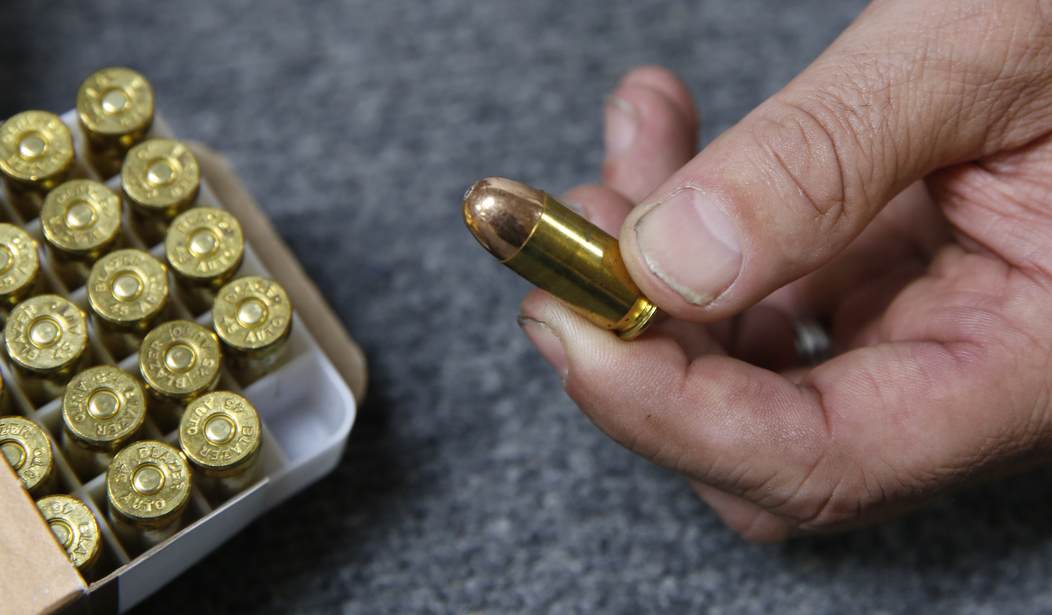Recently, Fox News reported on a warning that eagle populations face a serious and growing threat from lead ammunition commonly used by America’s hunters for hundreds of years. But this claim is based on a handful of poorly constructed studies and a survey from the U.S. Geological Survey (USGS) that suggests lead from spent ammunition is harming these birds and allegedly contributing to a decline in their populations. The USGS’s conclusions, however, misinterpret the impact and nature of lead ammunition and ignores important evidence that contradicts its faulty assertions.
First, the studies above fail to acknowledge that most hunting ammunition, especially for big game, is designed to retain its integrity upon impact. Contrary to the tales of widespread lead-infused carrion, the reality is that the occurrence of lead fragments in a form that could harm eagle populations is minimal. This discrepancy casts doubt on the study’s claim that lead ammunition is a significant factor in eagle population dynamics. For further evidence, look no further than eagle population data, which shows populations have tripled since 2009. Bald eagles are no longer on the endangered or threatened species list, and the U.S. Fish and Wildlife Service’s last estimate was that there are over 316,000 bald eagles in the lower 48 states. Most states long ago stopped counting nesting pairs because they are so plentiful.
Furthermore, the supposed solution – banning lead ammunition – has already been tested in states like California, where lead ammo was banned in 2019 in part to protect the California Condor. Despite these efforts and an admission by California wildlife managers that 90 percent of hunters complied with the ban, little evidence suggests that this ban has positively affected bird populations. In fact, U.S Fish and Wildlife Service data indicate that the California Condor population continued to face challenges even after the ban, suggesting that factors other than lead ammunition are at play in the health of these species.
Recommended
Many recent studies, such as The Wildlife Society study in 2022, promulgated by those who wish to ban lead ammunition or hunting altogether, rely heavily on theoretical models rather than direct, field-based research. These models often draw on outdated or unreliable data, such as misusing X-rays that show bloodshot areas as lead fragments, driving false conclusions. The result is a biased portrayal of the impact of lead ammunition on wildlife and ecosystems, which serves more as an advocacy tool for anti-hunting agendas rather than a genuine effort to protect wildlife.
Moreover, the financial implications of banning lead ammunition must be considered. Hunters and recreational shooters contribute enormously to wildlife conservation through the Pittman-Robertson Act. This law, dating back to 1937, imposes an excise tax on the sale of firearms and ammunition that hunters purchase. These funds are the primary and irreplaceable source of revenue for state wildlife agencies, supporting habitat restoration, wildlife species population and habitat research, and upkeep and maintenance of public lands that facilitate hunting. Since the law’s inception, the Pittman-Robertson excise tax has generated over $27 billion for conservation (when adjusted for inflation).
A ban on lead ammunition would force recreational shooters and hunters to use less available and more costly to produce alternatives, inevitably reducing ammunition sales and, consequently, Pittman-Robertson funds. This reduction in funding would lead to decreased resources for conservation efforts, ironically harming the very wildlife populations (like the eagle) the ban aims to protect.
Our federal government is well aware of this economic threat. In July, the U.S. Fish and Wildlife Service launched a pilot program paying hunters to switch to lead-free ammunition in select wildlife refuges. While it is refreshing to see the government testing the idea of incentivizing instead of mandating, it is impossible to ignore that by doing so they acknowledge the economic burden such a switch would place on hunters.
At a time when Americans are already grappling with economic challenges, attempts to impose a ban on lead ammunition is harmful to the sporting community. Protecting eagle populations is undoubtedly important, but the scientific evidence does not support the notion that banning lead ammunition is necessary to do so. Instead, we should focus on evidence-based wildlife conservation strategies that address the real issues without unfairly targeting hunters and undermining critical conservation funding.
























Join the conversation as a VIP Member